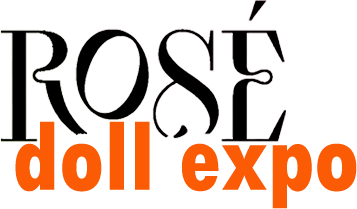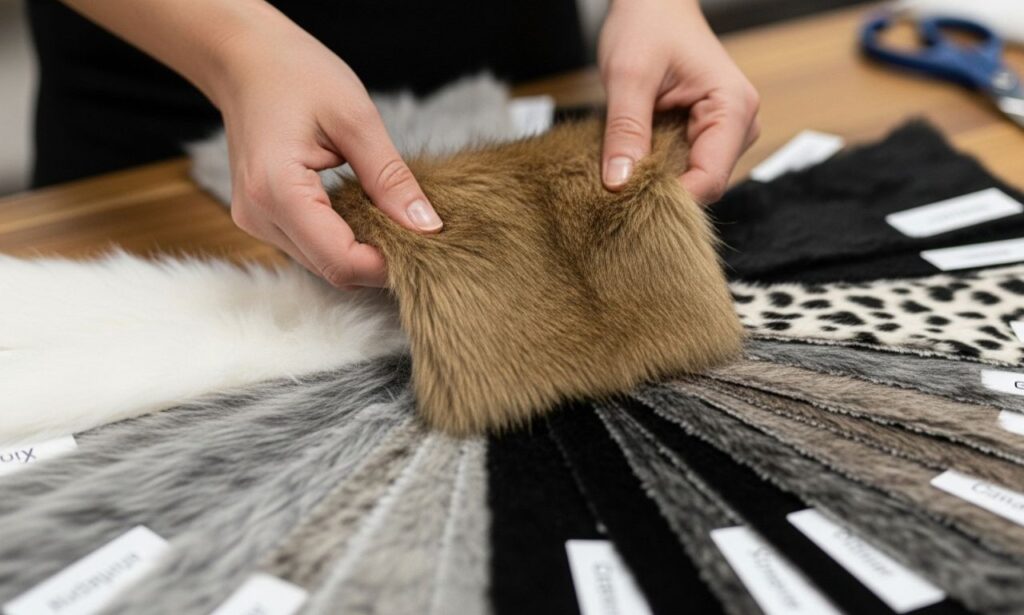When it comes to crafting and DIY projects, having the right materials can make all the difference. One material that stands out in various applications is zuschneidfelle. Whether you’re a seasoned artisan or just starting out, understanding this versatile fabric can elevate your work to new heights. From its unique properties to an array of options available, diving into the world of zuschneidfelle opens up endless possibilities for creativity and innovation. Let’s explore what makes these materials so special and how you can select the perfect one for your next project!
What is Zuschneidfelle?
Zuschneidfelle, or cutting mats, are essential tools for various crafting and professional projects. These materials provide a protective surface when cutting fabric, paper, or other mediums. They ensure precision while extending the life of your blades.
Typically made from durable materials like PVC or self-healing polymers, Zuschneidfelle can withstand repeated cuts without significant wear. Their unique design allows for recovery after slicing, making them a favorite among hobbyists and professionals alike.
These mats come in various sizes and thicknesses to suit different needs. Some feature grid lines for easy measurements, while others offer colorful designs to brighten up your workspace.
Whether you’re quilting, sewing, or engaging in DIY crafts, Zuschneidfelle is a game changer that enhances both efficiency and accuracy in your work.
Different Types of Zuschneidfelle Materials
Zuschneidfelle come in various materials, each designed for specific applications. One of the most common is PVC, known for its durability and resistance to wear. This material is ideal for heavy-duty projects where longevity matters.
Another popular option is felt, which offers a softer surface. It’s great for delicate tasks like quilting or crafting. Felt helps prevent slipping while providing cushioning during cutting.
Leather Zuschneidfelle adds a touch of elegance and robustness. While it costs more, its natural properties make it suitable for fine woodworking or high-end crafts.
For eco-conscious users, there are sustainable options made from recycled materials. These choices offer similar functionality but with less environmental impact.
Silicone Zuschneidfelle provide excellent grip and flexibility. They’re versatile enough to be used in both craftwork and industrial settings, making them a favorite among professionals.
Factors to Consider When Choosing a Material
When selecting a zuchneidfelle material, several key factors come into play. First, consider the intended use. Different projects demand different levels of durability and flexibility.
Next, think about the thickness of the material. Thicker options might provide more stability but could be harder to manipulate for intricate designs.
Weight is another crucial aspect. Heavier materials can offer stability but may not suit lightweight projects that require portability.
Additionally, assess how easy it is to clean and maintain the material over time. Some fabrics resist stains better than others.
Budget considerations should also weigh in on your decision-making process. Striking a balance between quality and cost will ensure you get the best value for your project needs while maintaining performance standards.
Pros and Cons of Each Material
When it comes to Zuschneidfelle materials, each type presents its own set of advantages and disadvantages. For instance, synthetic options are often more affordable and durable. They resist moisture well but may lack the warmth and aesthetic appeal found in natural alternatives.
Natural leather offers a timeless look that many crafters cherish. It is breathable and can develop a unique patina over time. However, it typically requires more maintenance and can be pricier than synthetic choices.
Felt is lightweight and easy to cut, making it ideal for intricate designs. Yet, its durability might not match that of tougher materials like vinyl or leather.
Vinyl sheets are versatile; they come in various colors and patterns. Still, they may not provide the same tactile experience as fabric-based options. A careful evaluation of these pros and cons will guide your choice based on project needs.
Best Uses for Each Material
For leather Zuschneidfelle, think durability. Ideal for crafting bags or wallets, this material offers a refined finish and stands the test of time.
Cotton Zuschneidfelle shines in less demanding environments. It’s perfect for casual projects like table runners or simple craft items. Its lightweight nature makes it easy to handle.
When it comes to synthetic options, versatility reigns supreme. These materials are often water-resistant and great for outdoor gear like picnic blankets or camping accessories.
Natural wool Zuschneidfelle brings warmth and texture. Use it in home décor projects such as cushions or rugs where comfort is key.
Each type serves distinct purposes based on its unique characteristics. Understanding these uses can elevate your project outcomes significantly.
How to Care for and Maintain Zuschneidfelle Materials
Caring for Zuschneidfelle materials is crucial for longevity and performance. Start by keeping them clean. Use a soft brush or damp cloth to remove dust and debris after each use.
Avoid harsh chemicals that can damage the surface. Instead, opt for mild soap mixed with water if deeper cleaning is necessary. Always rinse thoroughly to prevent any residue buildup.
Store your Zuschneidfelle properly when not in use. Flat storage is ideal to maintain their shape and avoid creases. If possible, keep them in a protective sleeve or cover.
For leather-based materials, conditioning enhances flexibility and prevents cracking over time. Apply a suitable leather conditioner periodically as part of your maintenance routine.
Regularly check for wear and tear, especially at high-usage areas such as edges or corners. Addressing small issues early can save you from larger repairs down the line.
Choosing the Right Zuschneidfelle for Your Project
When tackling your project, selecting the right zuschneidfelle is crucial. Start by considering the specific requirements of your materials. Are you working with delicate fabrics or heavier textiles?
Next, think about the cutting techniques you’ll be using. Some materials offer better grip and stability than others, which can make a difference in precision.
Also, take into account how often you’ll use these cutting mats. If they’re for everyday projects, durability should be a priority; choose thicker options that withstand wear and tear.
Don’t forget to consider maintenance as well. Certain materials require more care than others, influencing your choice if you’re looking for something low-maintenance.
Match the color and texture to your workspace aesthetic if that matters to you—working with visually appealing tools can enhance creativity while you work on those intricate designs!
Conclusion
When it comes to selecting the perfect zuschneidfelle for your projects, understanding the various materials and their characteristics is key. Each type of zuschneifell offers unique advantages that cater to different needs, whether you’re crafting, sewing, or working on DIY home improvement tasks.
Consider your specific requirements such as durability, ease of cleaning, and intended use. Weighing the pros and cons will help you make an informed decision that aligns with your project goals.
Proper care and maintenance can extend the life of your zuschneidfelle significantly. By following simple cleaning routines tailored to each material type, you’ll ensure they retain their functionality and aesthetic appeal over time.
Take some time to evaluate what fits best within your creative endeavors. The right choice can enhance not just the quality but also the enjoyment of your work. Remember: choosing a zuschneifell isn’t just about utility—it’s also about elevating your craft experience in every way possible.






